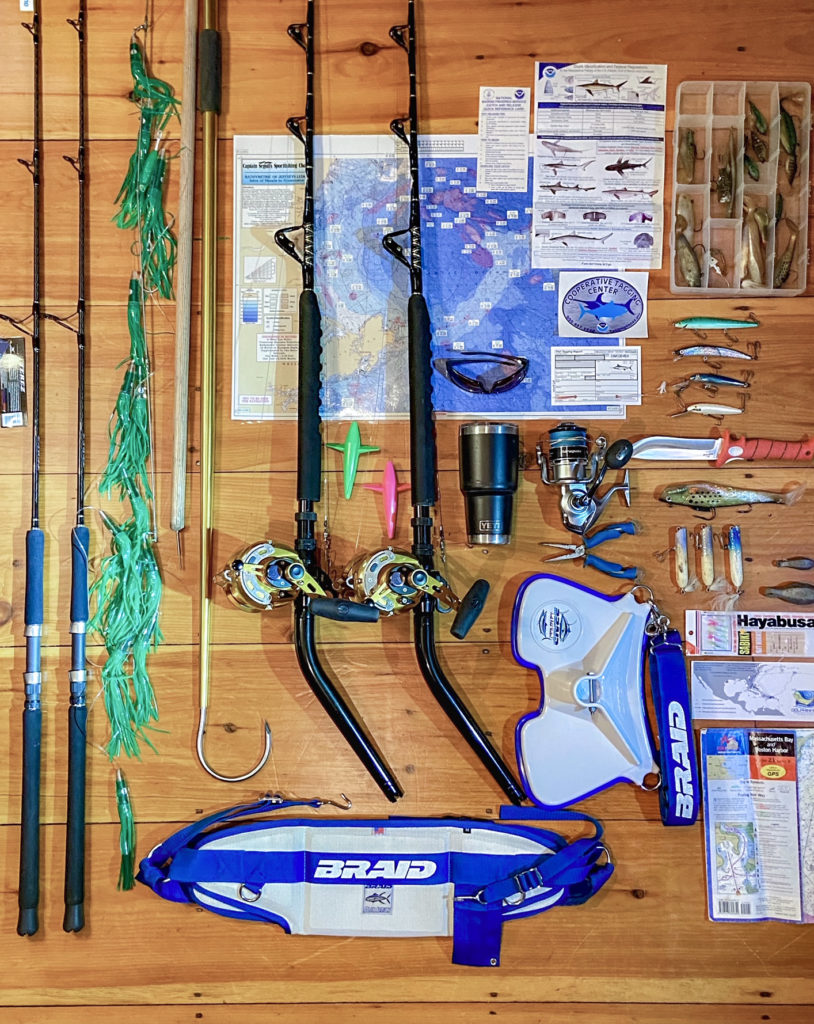Marine Conservation with Marc Rogers

Principal Marc Rogers has been contributing to an important marine conservation effort for several years – fish tagging. Having grown up on the North Shore waters of Massachusetts, Marc developed an appreciation for marine ecosystems at a young age. It comes as no surprise that he is one of our in-house aquarium design experts. Outside of the office, he volunteers to tag migratory fish and shark species, a practice that provides valuable data to researchers and regulatory agencies that protect marine animal habitats.
We asked Marc to shed a little more light on the tagging program and why it’s important to him.
What exactly is tagging?
Tagging is a conservation effort that passively tracks the migration of a species. It can be controversial since a fish has to be caught and then tagged, but it’s the one of the only reliable methods scientists have to track highly migratory species. All of my data goes back to NOAA in Woods Hole to be used for their research and establishing Federal fishing regulations.
The tag itself is a 6-inch piece of monofilament, typically green so that other fish don’t see it but fishermen do, and it will list contact information and a serial number. If the fish is later caught, the person who finds the tag is obligated to contact the organization to report the finding and will be asked about the location, size, weight and if the animal was released or harvested. This information is then entered into a central database which compares the new data to when the animal was first tagged and provides information on the age, growth rate, migration routes and the condition of the animal.
Why is tagging important to you?
What drove me to start was seeing the Discovery Channel’s show “Wicked Tuna,” which is filmed off the coast of Ipswich. I grew up fishing and sailing on Ipswich Bay, a massive circular area at the south end of the Gulf of Maine, and I noticed that because of the flat, sandy bottom, the bay is home to primarily transient species, like whales, sharks, tuna, striped bass, bluefish, and menhaden, which are more common than bottom-dwellers. I also noticed predators swimming counter-clockwise around the bay while non-predators swam clockwise, which, I imagine, increases chance encounters of predator and prey. It’s the incredible beauty and uniqueness of this marine ecosystem that drives me to help with conservation measures in ways that I can.
It’s no wonder, then, with his lifetime of keen marine observation, that Marc has played a key role in envisioning grand concepts for some of CambridgeSeven’s aquarium projects, including the Oceanario de Lisboa in Portugal, the National Aquarium of Saudi Arabia, concept design for the Mote Aquarium, and a new aquarium planned for Lubbock, TX.